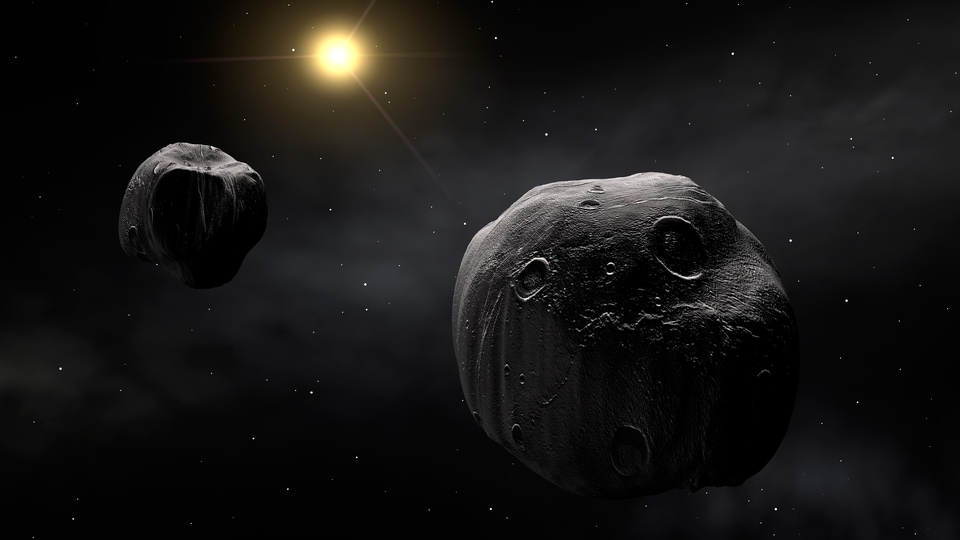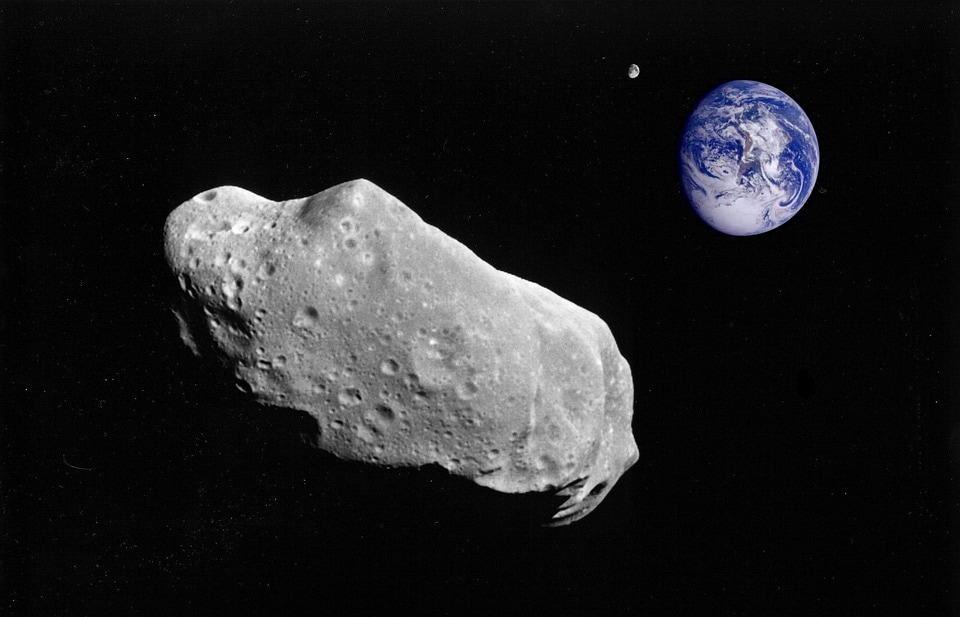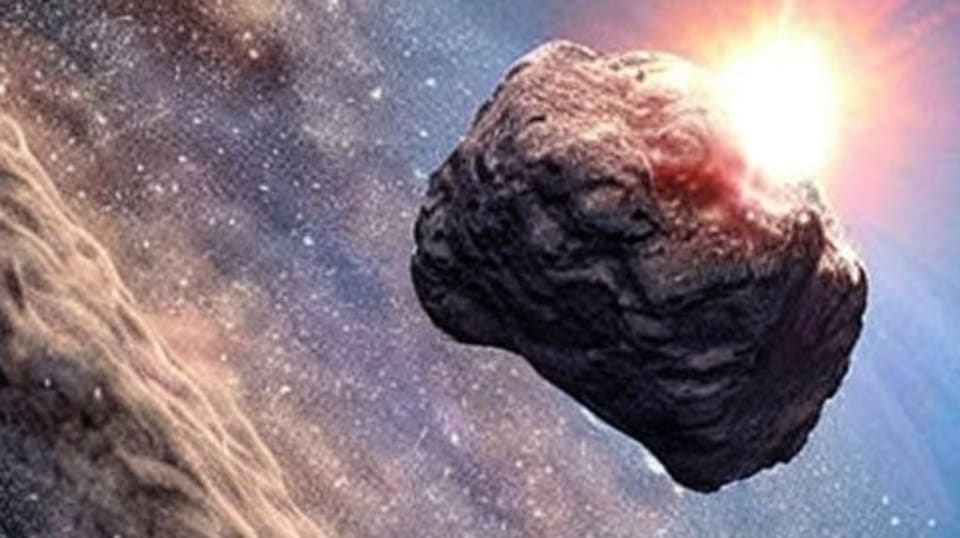Shocking meteor EXPLOSION forced NASA to trigger its asteroid defense-the Chelyabinsk event
Ten years ago, a meteor exploded over the city of Chelyabinsk in Russia. That moment is often attributed as the wake up call for NASA to develop its own asteroid defense mechanisms.






 View all Images
View all ImagesOn February 15, 2013, 10 years ago, a 59-foot wide meteorite exploded over the city of Chelyabinsk, Russia. The explosion caused the meteorite to break down into small rocks which rained on the city. While it did not cause any loss of life although many were injured due to the intense heat from the blast, many injured from glass shards from broken windows that were struck by the rocks and others reported eye damage from the excessively bright spark. This event became a pivotal moment for humans to recognize the terrifying threat that floated above them. Many astronomers believe that this event led to a period of intense research and development of technology in the field of astronomy that was dedicated to asteroid defense mechanisms.
As per a report by Space.com, Paul Chodas, manager of the Center for Near-Earth Object Studies (CNEOS), NASA, was working on a NASA TV segment for the flyby of a near-Earth asteroid on that day, which was predicted to make a safe passage across the Earth. During his preparation, someone sent him a YouTube video of the Chelyabinsk meteorite explosion and asked whether NASA got the prediction wrong. Chodas revealed that they knew exactly where that asteroid was and this event was entirely separate from it.
It turns out that as the meteor approached from the direction of the Sun, it blinded the astronomers and no one saw it coming before it was too late.
Chelyabinsk event highlighted the need for asteroid defense system
The event underlined the desperate need for an organized system that can track and monitor asteroids and also build asteroid defense systems that can take on any hostile space rocks aiming for the Earth. In the following years, NASA doubled down on these initiatives and established a stronghold on near-Earth asteroids. CNEOS today tracks more than 20,000 asteroids in the inner solar system. But it didn't stop just there. Last year, NASA conducted the historic Double Asteroid Redirection Test (DART) mission that successfully moved an asteroid from its orbit and changed its direction. And now, NASA is working on its NEO Surveyor asteroid-hunting telescope that will use infrared to look for potentially hazardous asteroids.
While the defense system is being bolstered, Chodas assures that there is no big threat coming for us anytime soon. “There are no known large asteroids which have any significant chance of hitting the Earth,” he told Space.com
Catch all the Latest Tech News, Mobile News, Laptop News, Gaming news, Wearables News , How To News, also keep up with us on Whatsapp channel,Twitter, Facebook, Google News, and Instagram. For our latest videos, subscribe to our YouTube channel.
































